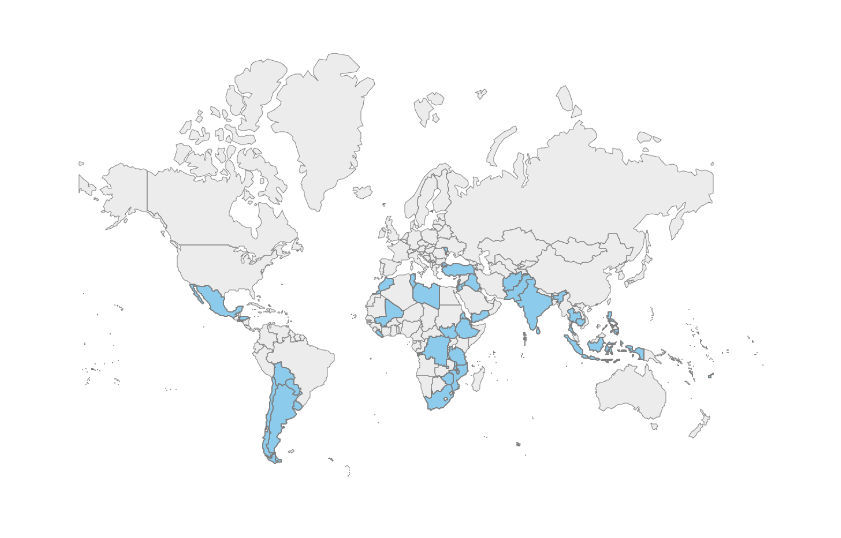Outcome Area 1:
Global Norms, Policies and Standards
Regarding its normative work, UN-Women aims to:
- Strengthen the capacities of governments and stakeholders to assess progress in implementing global normative and policy frameworks, such as the Beijing Platform for Action
- In intergovernmental processes, facilitate evidence-based dialogue between governments, civil society and other relevant actors
- Integrate gender perspectives in global intergovernmental processes by providing substantive inputs and facilitating dialogues
Outcome Indicators
Outcome Indicator 1.1
Outcome Indicator 1.2
Outcome Indicator 1.3
Outputs for Outcome Area 1
Output 1: The capacity of governments and stakeholders is strengthened to assess progress in implementation of the Beijing Platform for Action, and other global normative and policy frameworks
Output Indicator 1.1.1
Output Indicator 1.1.2
Output Indicator 1.1.3
Output Indicator 1.1.4
Output 2: Evidence-based dialogue is facilitated amongst government and with civil society and other relevant actors in the context of intergovernmental processes
Output Indicator 1.2.1
Output Indicator 1.2.2
Output 3: Knowledge on gender perspectives is expanded through provision of substantive inputs and dialogues to global intergovernmental processes
Output Indicator 1.3.1
Footnotes
All references to Kosovo shall be understood to be in the context of Security Council Resolution 1244 (1999).
A superscript “C” next to an indicator statement notes that the indicator is cumulative in nature. Further calculation details can be found at this link
"^" - Please note that this indicator has undergone some revisions. To understand further, please access the itemized revisions in the IRRF versions available on this portal’s homepage
Output Indicator 1.1.1: Of 13 countries reporting under this indicator, all 13 made voluntary presentations in 2018: Argentina, Belgium, Bulgaria, Colombia, Costa Rica, Germany, Kenya, New Zealand, Nigeria, Saudi Arabia, Slovakia, Sri Lanka, Sudan.
Of 12 countries reporting under this indicator, all 12 made voluntary presentations in 2019: Algeria, Bulgaria, Cabo Verde, Egypt, Honduras, Italy, Panama, Philippines, Qatar, Saudi Arabia, Slovakia, Spain.
Of 10 countries with reporting under this indicator, all 10 made voluntary presentations in 2019: Algeria, Costa Rica, Egypt, Mongolia, Qatar, Rwanda, Spain, UAE, Ukraine, USA.Back
Output Indicator 1.1.3: The 25-year review and appraisal of the implementation of the Beijing Platform for Action is expected to be completed in 2020, therefore no additional countries will be supported in 2021Back
Output Indicator 1.2.2: Of 12 countries/territories reporting under this indicator for 2018, 8 reported results: Argentina, Cambodia, Dominican Republic, Iraq, Jordan, Kenya, Liberia, Thailand.
Of 7 countries/territories reporting under this indicator for 2019, 6 reported results: Afghanistan, Iraq, Jordan, Pakistan, Thailand, Yemen.
Of 8 countries/territories with reporting under this indicator for 2020, 7 had results reported: El Salvador, Iraq, Jordan, Mexico, South Africa, Thailand, Yemen.
Of 12 countries/territories with reporting under this indicator for 2021, 11 had results reported: El Salvador, India MCO, Iraq, Jordan, Mexico, Serbia, South Africa MCO, Tajikistan, Thailand, Turkey, Yemen.Back
Disclaimer: The boundaries and names shown, and the designations used on this map do not imply official endorsement or acceptance by the United Nations.Back
